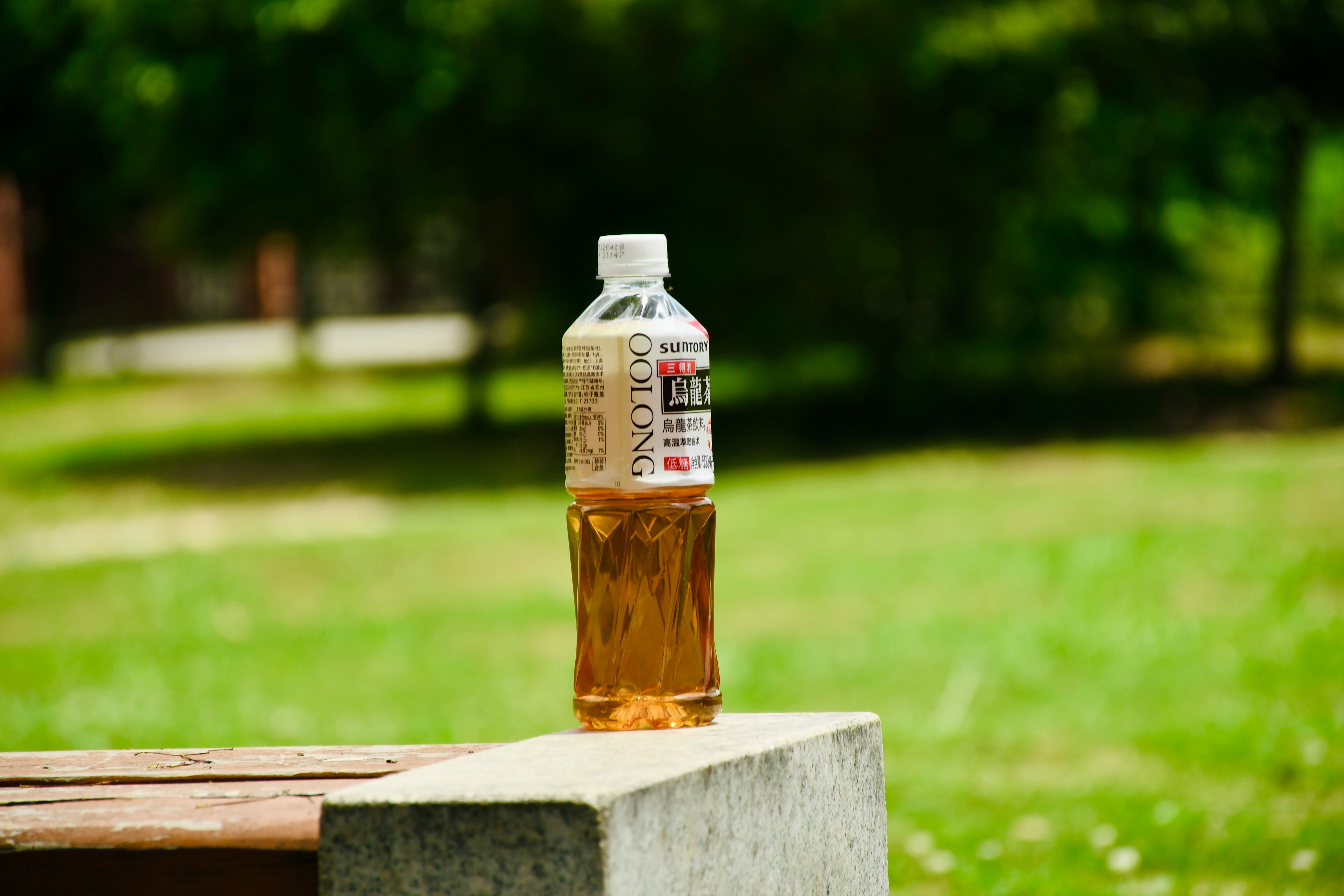Breaking Down Plastic Pollution: Northwestern University's Cool New Method
Published: May 20, 2025

Recycling efforts have slowly improved in the US, but the process can still involve harsh chemicals and expensive infrastructure that don’t quite get the job done. Today, we’re sharing exciting news which may change some people’s mind about the future of recycling. We came across an article describing how researchers at Northwestern University might have a real solution to our recycling woes. The team at Northwestern developed a new method to break down plastic using just moisture from the air. Sounds impossible right? But it’s true! Their new approach is rumored to change the game for plastic recycling, making it a cleaner, cheaper, and more efficient process for generations to come.
Northwestern University's Breakthrough
Northwestern University has seemingly cracked the code on breaking down plastic into its original form by using a non-toxic, solvent-free process. They use a molybdenum-based catalyst and activated carbon to break apart the chemical bonds in PET plastic. But the real Houdini stuff happens when the broken-down plastic is exposed to air. Researchers found that the trace moisture in the atmosphere triggers a reaction that converts broken plastic into valuable monomers—the essential components that can be recycled into brand-new plastics or even higher-value materials.
This process is seemingly safer, cheaper, and more sustainable than traditional recycling methods. In fact, it recovers 94% of usable material in just four hours! If you’re reading this and think we’re kidding, rest assured that the researchers tested the process on real-world plastic waste, including bottles, polyester clothing, and mixed plastic products…it worked like a charm. The test process even removed colors from dyed plastics and leaving behind pure, recyclable material – which brands wanting sustainable packaging solutions will love.
While their process hasn’t been around long, we thought it would be fun to compare this method to other recycling methods out there. So here it goes.
1. Chemical Recycling (Depolymerization): turns waste plastic into its original molecules, allowing the creation of new plastics with original qualities. This process is high-quality and becoming more common but needs a lot of energy for production.
2. Enzymatic Recycling: Specialized enzymes break down plastics like PET into their raw materials. Enzymatic recycling works under mild conditions and can handle contaminated plastics. The verdict out there is that it needs some efficiency improvements.
3. Advanced Pyrolysis (Plastic-to-Fuel Conversion): Pyrolysis converts plastic waste into synthetic fuels in an oxygen-depleted environment. It reduces landfill waste and works with various plastic types but involves a lot of $$$ and carbon emissions from fuel use.
4. Solvent-Based Recycling: Plastics dissolve in solvents, which break them apart from contaminants. This method produces near-virgin-quality plastics but we’re not sure about the chemical solvent safety and disposal.
5. Microbial Decomposition: Bacteria and fungi achieve natural plastic degradation, producing harmless end products. This method is still in the experimental stage – but we’re here for it.
Compared to these methods, Northwestern University's approach still stands out for its simplicity and environmental friendliness. In an ideal world, bringing this to scale could solve a lot of our plastic waste problems! And, while we’re not there yet, this process shows how bright our future can be! For now, we can look forward to how researchers scale up the process for industrial use, ensuring it can handle breaking down large amounts of plastic waste.
